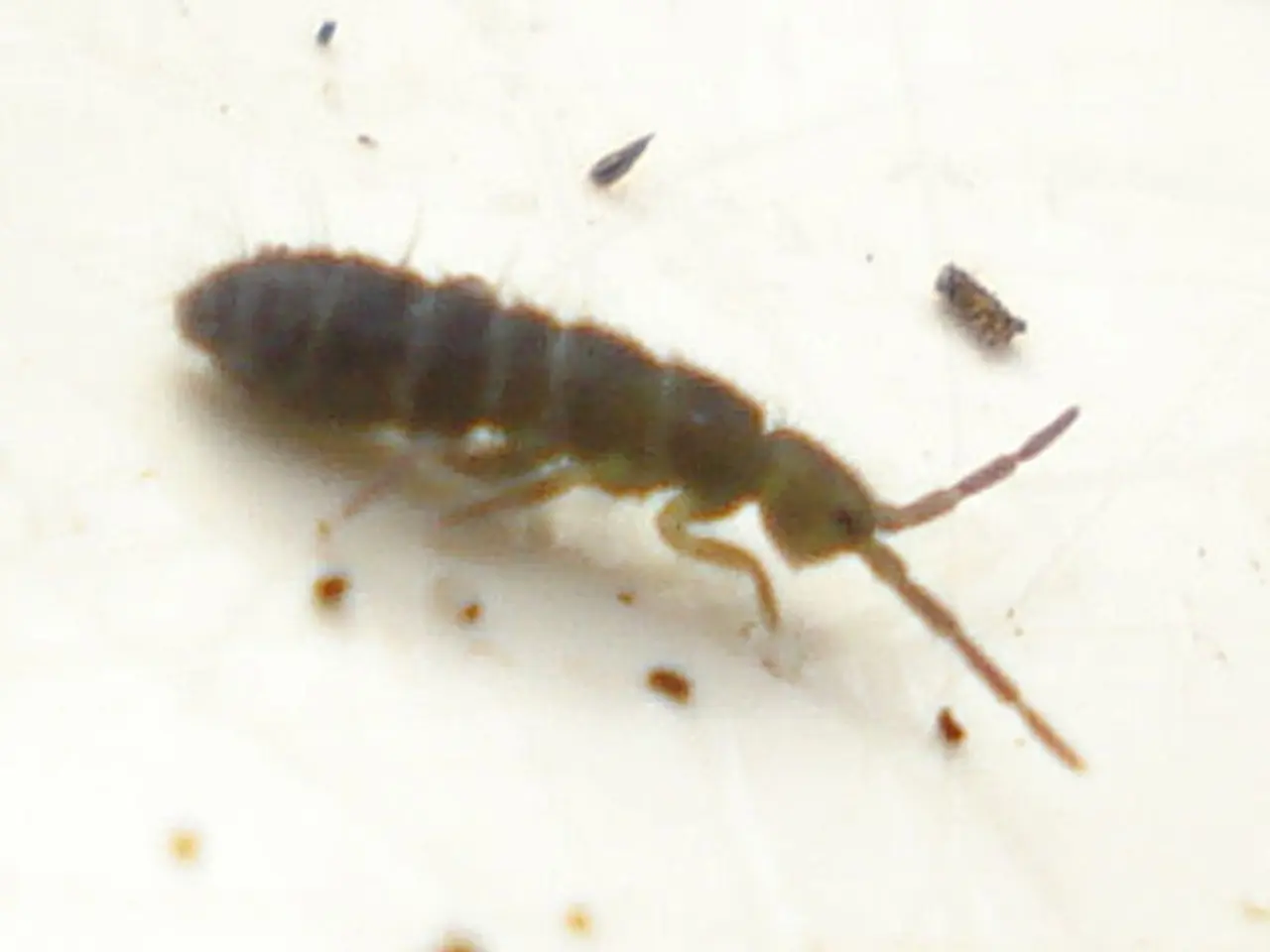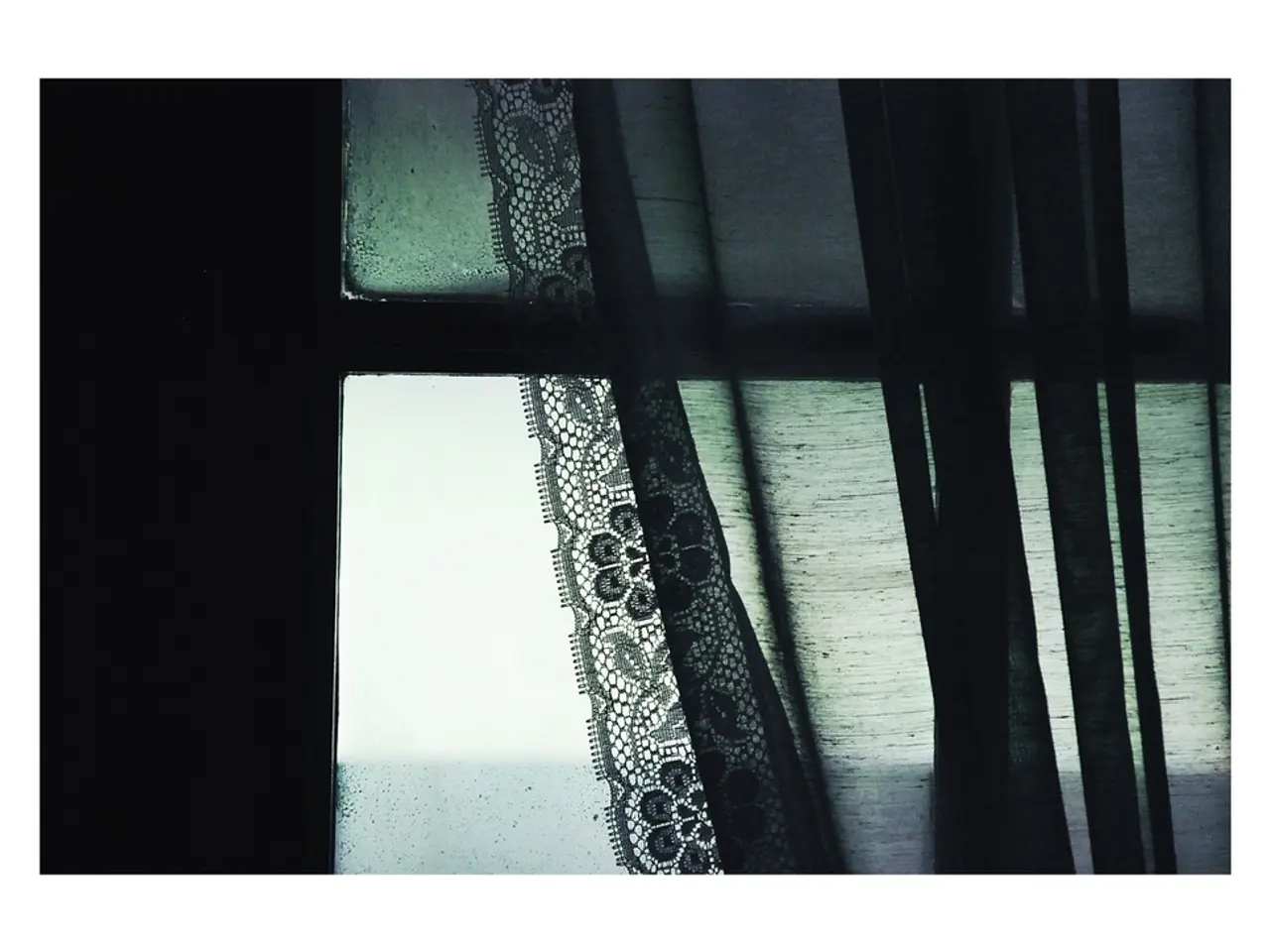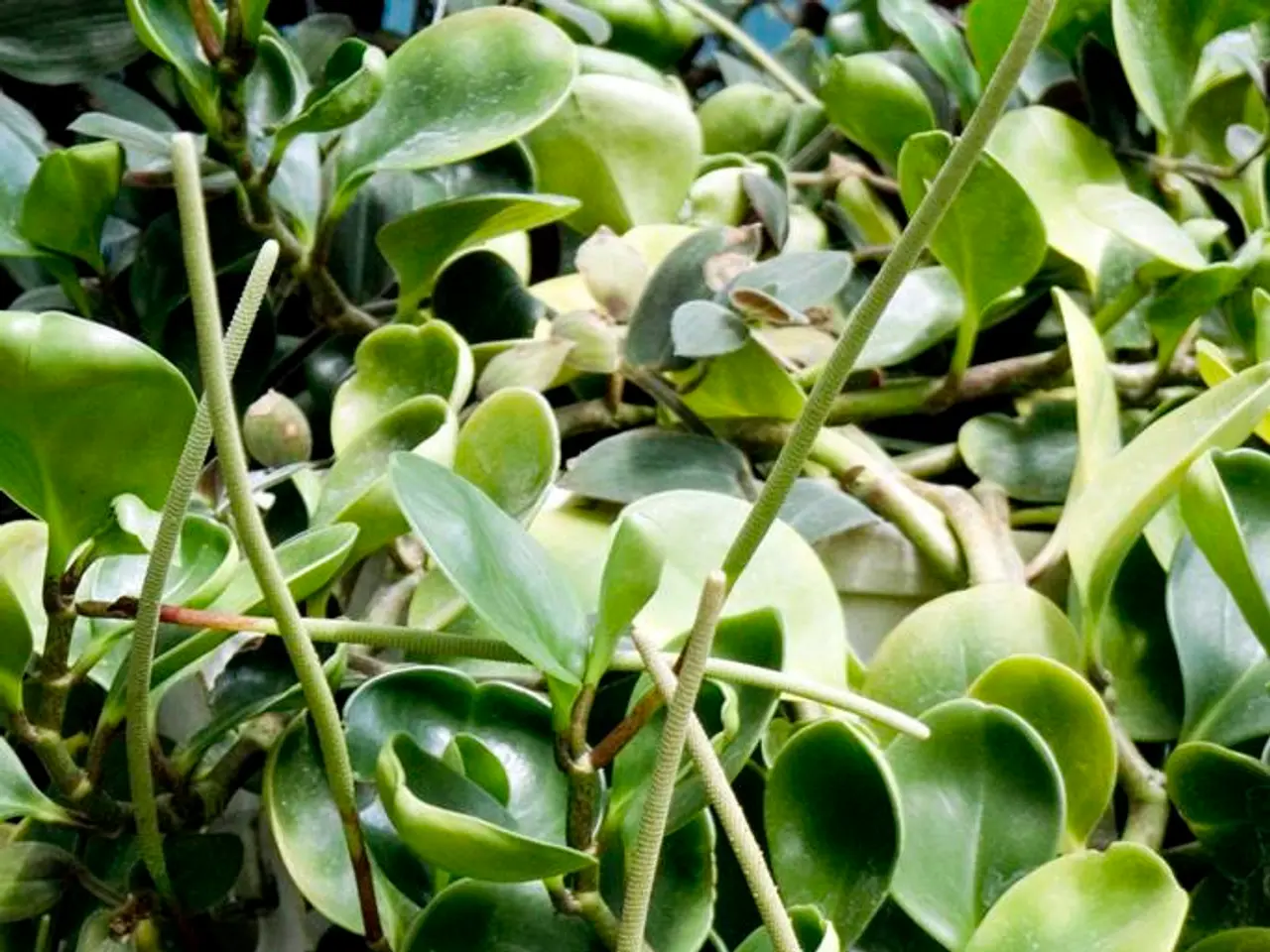Unveiling the Puzzle: White Particles in Potted Soil
White bits in your planting soil might be causing you concern, but fear not! We're here to help you understand the common causes and what they mean for your plants.
Common Causes and Characteristics
White Mold or Fungal Growth
White mold or fungal growth often appears as a white, fluffy or powdery substance on the soil surface. This growth is usually a result of overwatering, high humidity, and poor drainage, creating a warm, moist environment ideal for fungi to thrive. While white mold is typically harmless and naturally part of the soil ecosystem, helping break down organic matter, it does not directly harm healthy plants. However, it indicates excess moisture which can promote root rot or other problems if not managed.
Perlite
Perlite is a white, porous volcanic glass added to potting soil to improve aeration and drainage. Its white bits stay visible as small granules mixed into the soil. Perlite is not a living organism and poses no harm to plants.
White Residues from Pests
White residues from pests, like mealybugs, are more commonly found on plant stems and leaves than soil but can sometimes accumulate near soil if pests are present. Such pest infestations can harm plants by extracting sap and encouraging fungal diseases like sooty mold.
Impact on Plant Health
White Fungal Growth
White fungal growth on soil surface itself usually has minimal direct impact on plant health, but it can indicate conditions (excessive moisture, poor air circulation) that stress plants and promote root pathogens.
Pests
Pests associated with white fungal-like substances (e.g., mealybugs) harm plants by sap feeding, spreading disease, and encouraging secondary fungal infections, reducing plant vigor and growth.
Perlite
Perlite’s white bits in soil are beneficial as they improve soil aeration and drainage and do not negatively affect plants.
Summary
| Cause | Description | Appearance in Soil | Impact on Plants | |-------------------|-----------------------------------------------|---------------------------|---------------------------------------| | White Mold (Fungus) | Fungal growth from overwatering | White, fluffy or powdery coating | Usually harmless but signals excess moisture; may indirectly stress plants or cause root issues | | Perlite | Mineral additive for soil aeration | Small white granules | Beneficial for soil structure, no harm | | Mealybug Residue | White waxy excretions, often on plants | Rarely in soil, more on plant parts | Harmful via sap sucking and disease spread |
Further Considerations
- Regularly inspect plants for signs of insect infestation.
- If the white bits are soft and squishy, they could be a sign of root rot or other issues affecting the plant's health.
- Vermiculite, another common soil additive, may cause blockages in the soil due to its high porosity and emit irritating dust. The EPA has stated that consumers may face a minimal health risk when using vermiculite products.
- Root mealybugs lay eggs in soil and are elongated, oval-shaped, and covered in a waxy, white, cotton-like substance.
- Scale insects can range from 1/8 to 1/16 inch in length, come in different colours, and form clusters that look like white bumps.
- Soil mites are beneficial to plants as they break down and feed on organic matter in the soil, helping with soil aeration. They are small, harder to identify with the naked eye, and predators that control pests such as thrips.
While white bits in your potting soil might initially seem concerning, understanding their causes can help you manage and maintain a healthy garden. Happy gardening!
- In certain cases, white residues found in the soil could be due to the presence of root mealybugs, which lay their eggs in the soil and appear as elongated, oval-shaped, white, cotton-like structures.
- Contrary to some concerns, white bits in the soil could also be perlite, a common soil additive that enhances soil aeration and drainage, providing no harm to plants.




